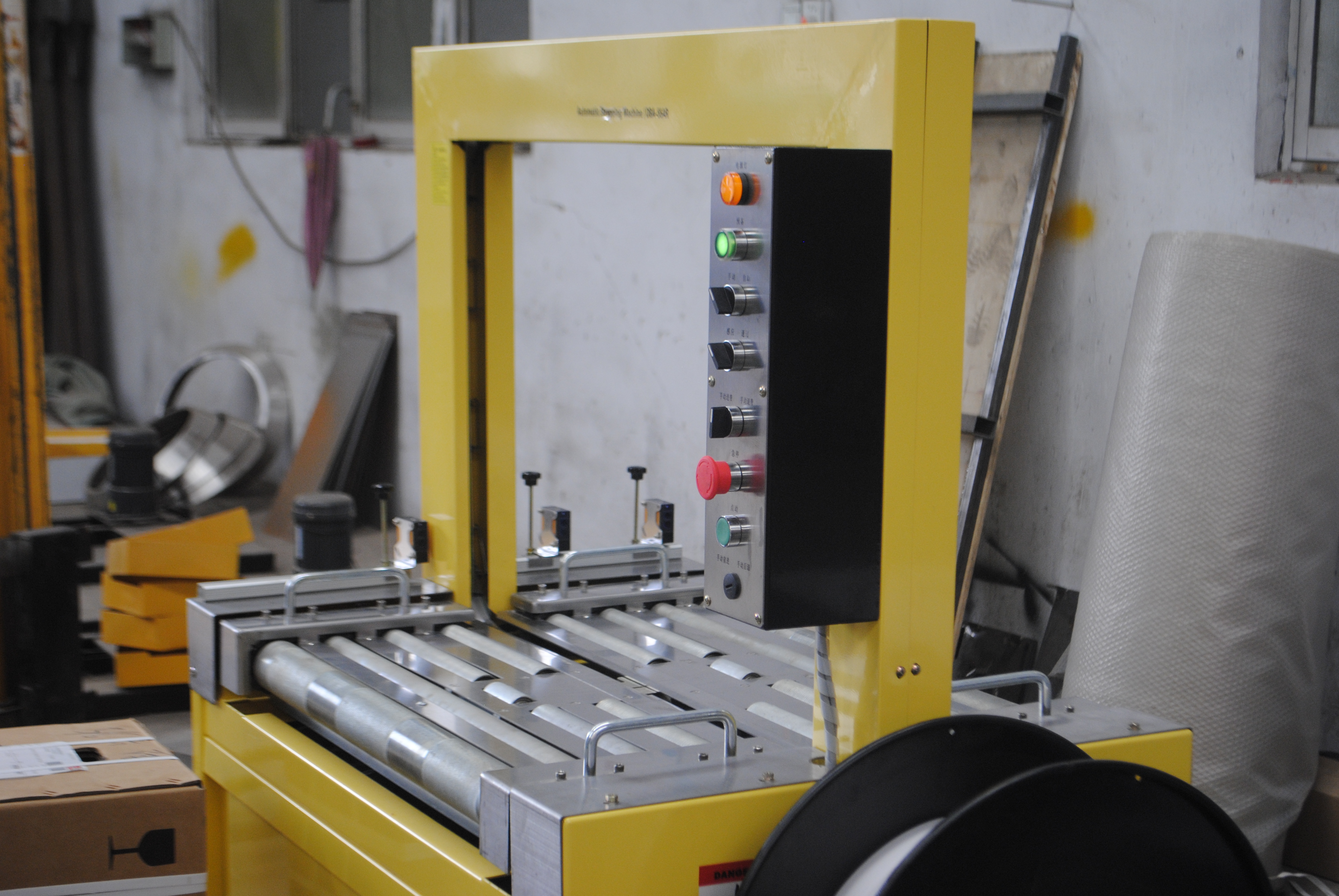1. Printing conditions Both the printing machine and its consumables should be properly adjusted, including the viscosity of the ink, blanket, liner, pressure, fountain solution, ambient temperature, humidity, etc. The recommended color sequence for printing is KCMY. It is best not to use the machine's drying system. 2. Field density SID Start up and print according to the color value (L * a * b *) or density value of standard solid ink. The black version can also use higher values ​​as usual. 3. TVI expanded curve TVI Measure the TVI value of each CMYK color version. The difference between each TVI curve of CMY should be within ± 3%, and the black version is slightly higher by 3% to 6%, as shown in Figure 6. (Image 6) The TVI value is not important at this time. What is important is that all ink curves must be smooth and smooth. 4. Gray balance Set the spectrophotometer at D50, 2 °, and measure the gray balance value of several HR (50C, 40M, 40Y) blocks on the printed sheet. The standard gray balance value should be: a * = 0.0 (± 1.0) b * =-1 (± 2.0) (Figure 7) Figure 7 shows how to adjust the solid density of CMY ink for L * a * b * error combinations. Use this table to find the appropriate a * and b * changes in the horizontal row, and then find the appropriate L * column to find the recommended CMY changes. The up and down arrows indicate the increase or decrease. No arrow means no change. If the gray balance cannot be close to the target a *, b * values, or can not be corrected by a small amount of field density adjustment, then please check whether the value of one or more TVI is too large, whether the hue of the ink is wrong, and whether the overprint is bad It may be due to the ink sticky TACK, or poor emulsification), or the ink color sequence is wrong. 5. Adjust printing uniformity This is probably the most difficult part of the press calibration. Adjust the printing press keys to minimize the deviation of the solid density on the printed sheet. It is best that the deviation of each ink on the printing surface is not greater than ± 0.05 in order to make the deviation of the gray balance as small as possible. It is not more than ± 1.0a * or ± 2.0b * at the drum. 6. Printing speed Start the machine (preheating machine) with a production speed of more than 1,000 sheets and check the field density, ash balance and uniformity again. If the change in solid density, gray balance or uniformity of the ink exceeds the value, adjust the printing machine to ensure that the desired printing requirements are obtained, and then increase the speed again as needed to print at the normal production speed to ensure uniform and stable printing quality.
Shandong Dyehome Intelligent Equipment Co.,Ltd(Company NEEQ STOCK CODE:836635)
1. Machine Characteristics of Fully Automatic Strapping Machine
1.The working process is devised by German's Siemens PLC
2.Electriceye detection during working process,
3.Eight roller with conveying line,realize unmanned automatic machine strapping
4.Automatic detection;automatic packaging;automatic transmission;high work efficiency
5.Imported electric appliances,stable performance,longer service life
6.With four electric motors for tape feed,tape retreat, tape storage and roller conveying.
7.Optional automatic alarm device, alarm when working in trouble or lack of tape
8.Cooling time is adjustable with strong tension
9.Could realize unmaned and working with production line
10.Cast steel movement structure
Fully Auto Strapping Machine,Fully Auto Packaging Machine,Fully Automatic Strapping Machine,Box Strapper Machine,Automatic Strapping Machine Shandong Dyehome Intelligent Equipment Co., Ltd. , https://www.dyehomepack.com
Note: The L * value at this time is not very important.
Within the tolerance range, adjust the solid ink density of CMY to obtain the ideal chroma value.
